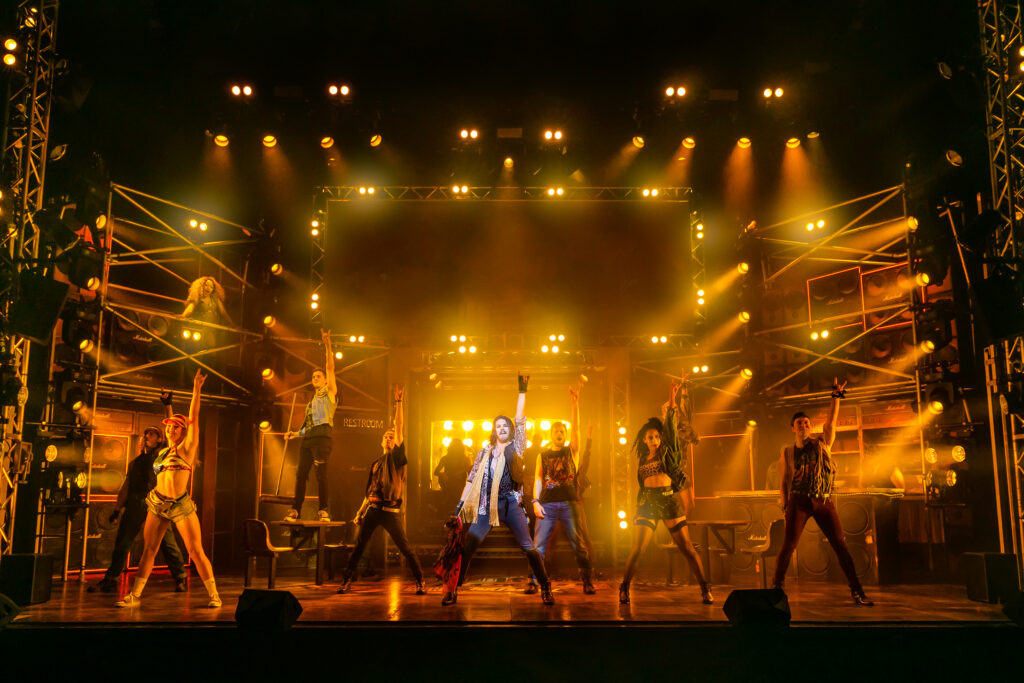
Rock of Ages started life in a little club on Hollywood Boulevard before hitting the big time, racking up thousands of performances in a dozen countries – meaning that it’s actually living the dream to which its characters can only aspire. The jukebox musical is filled with so many classic rock anthems – Here I Go Again, Don’t Stop Believin’, The Final Countdown, and more – that it’s no wonder it’s become such a global sensation. Direct from the West End, this new UK tour is bigger, better and bawdier than ever – and if you wanna rock, then you’re in for nothin’ but a good time.

Rock of Ages is set in the heyday of the mid-to-late 80s, a time that was post-punk and pre-grunge: the era of soft rock and hair metal, where if you had three chords and a perm, you were a god amongst men. LA’s Sunset Strip is the place where such dreams are made – or dashed. Just like the Journey song which closes it, the show is brimming with “people living just to find emotion”: a small town girl and a city boy who fall in love; a washed-up rock star staging his comeback; and a motley crew (not that one) fighting to save the Strip from gentrification.
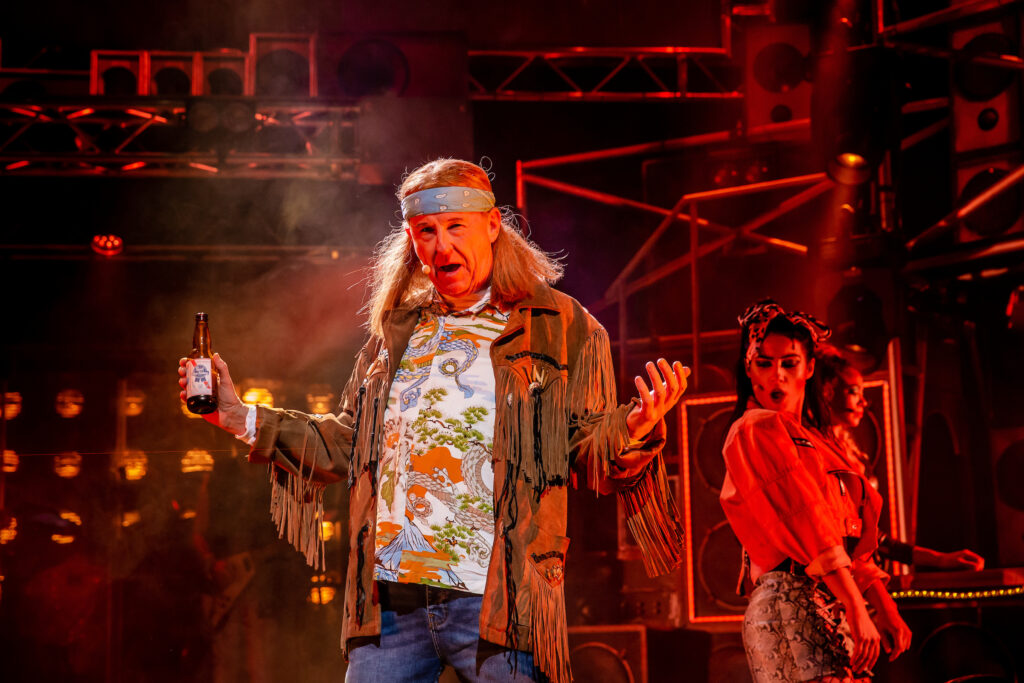
Directed and choreographed by Nick Winston, Rock of Ages is the kind of show that just gets better every time you go again (trust me, this isn’t my first rodeo). The cast brings a tremendous energy to the stage, bolstered by a cracking live band and an ensemble that’s second to none. There’s a new vivacity to the choreography that’s unlike any version I’ve seen before, and Morgan Large’s set, sprinkled with spotlights and stacked with amps, takes you right back to the summer of ’87. And there’s always something amusing happening in the background, which makes every bit of the stage come alive – right down to the two protestors who look ready to break into Brokeback Mountain at any moment.
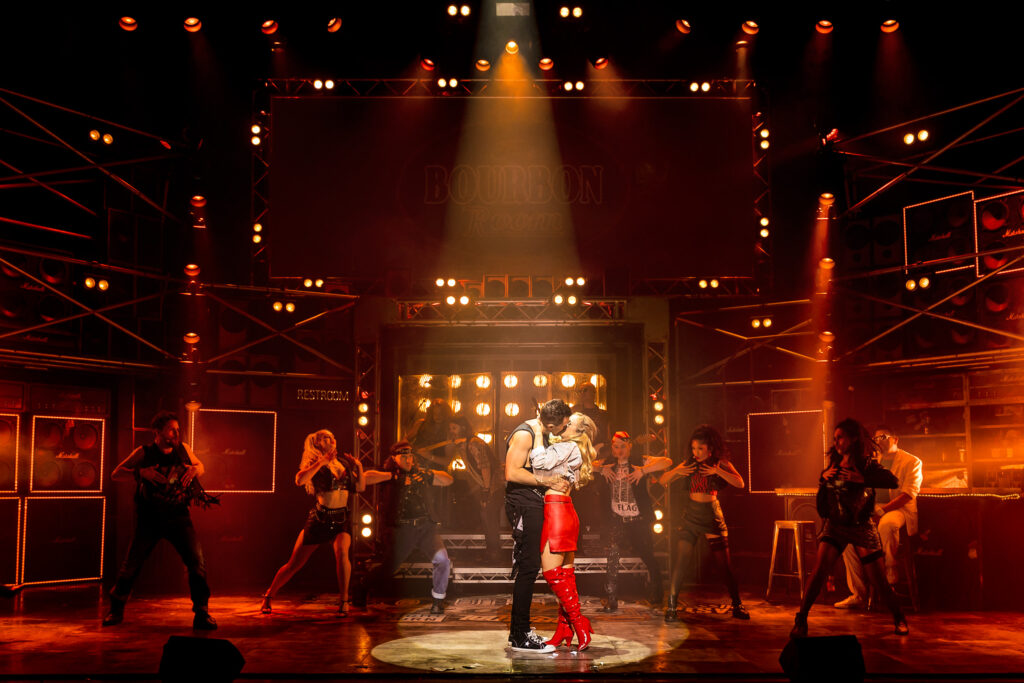
Gabriella Williams and Sam Turrell are sublime as the star-crossed Sherrie and Drew while X-Factor winner Matt Terry owns the stage as the salacious Stacee Jaxx – who, as he sings on Wanted Dead or Alive, really has seen a million faces and rocked them all. There’s also some serious powerhouse support by Jenny Fitzpatrick as the illustrious Justice Charlier (who deserves her own show), Vicki Manser as the rabble-rousing Regina, Vas Constanti as Heinz, and Andrew Carthy as Franz (a German Pee-Wee Herman, don’tcha know?) A special shout-out to Phoebe Samuel-Gray as Waitress No. 1 who sings one chorus and nearly walks off with the whole show.
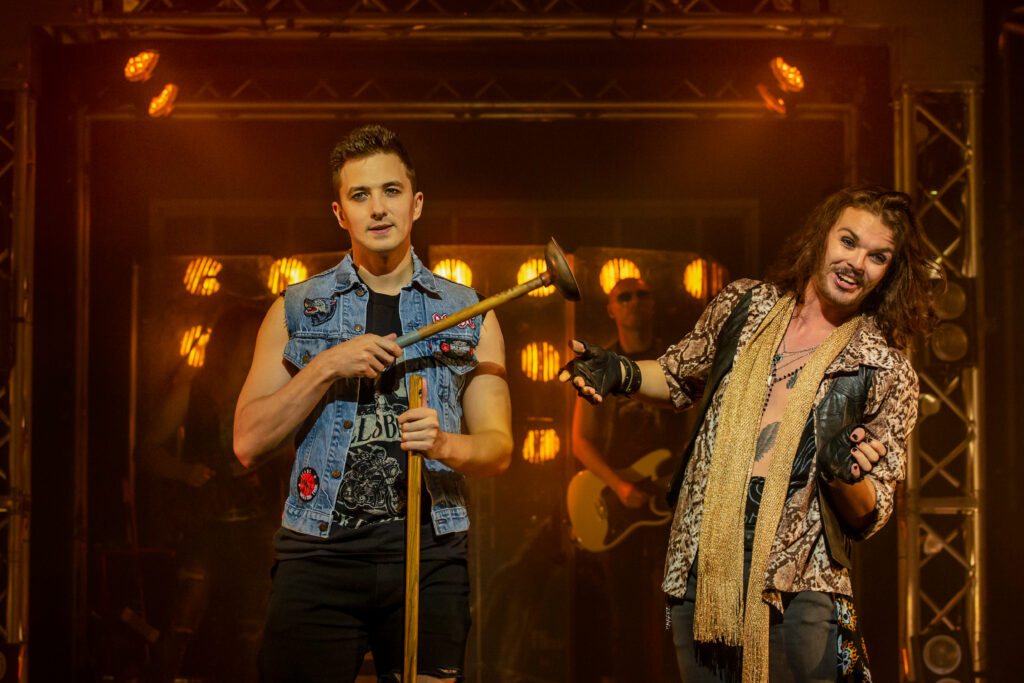
But the show lives and dies on its Lonny – and Joe Gash is one for the ages. Channeling Freddie Mercury and Justin Hawkins, Gash is so effervescent he makes fizz look flat. (Russell Brand wishes he were that whimsical). His partner in business and in life, Dennis Dupree, is played by Coronation Street’s Kevin Kennedy: imagine if Axl Rose mellowed and started really investing in fringed jackets, and you’re pretty much there. Their romance is a surprisingly sweet little subplot which culminates in a climactic duet to REO Speedwagon’s Can’t Fight This Feeling. It’s funny, but genuinely tender too – and you really feel like Kennedy and Gash (the new Gallagher and Lyle?) are singing to each other, not at each other.
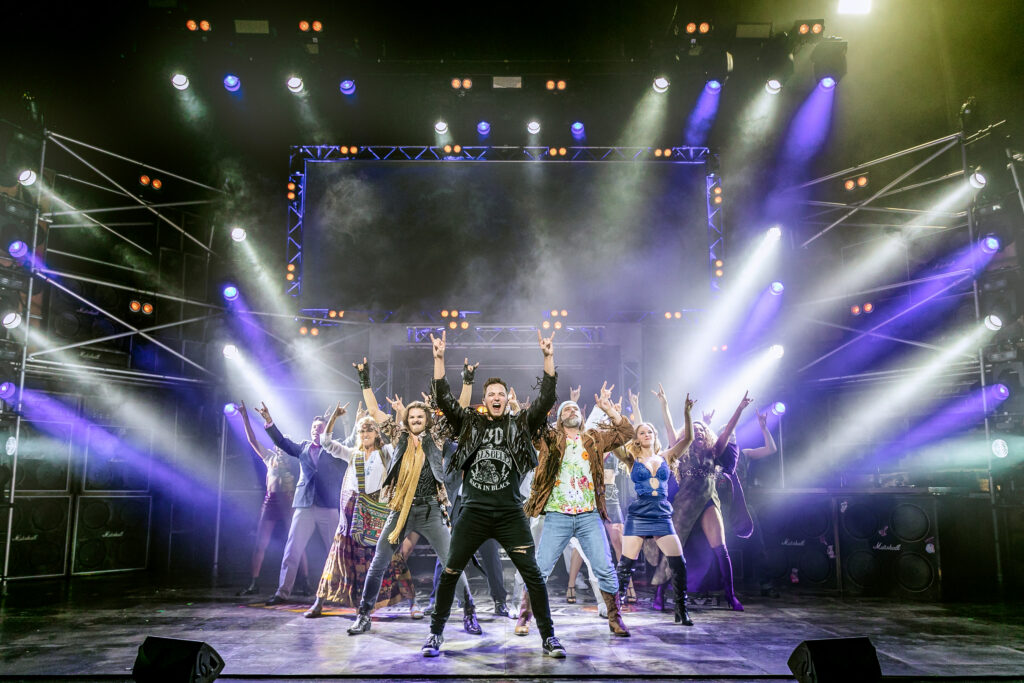
The book by Chris D’Arienzo could probably do with updating, but the cast bring sincerity and depth to characters that started life as names scribbled on album sleeves, and they tie it all together into something that’s moving without being mawkish. Rock of Ages isn’t a show that behaves itself: it’s chaotic, it’s crude, and it makes lowbrow look high – but when it rocks, it rolls. Just like in the song, I hope this show goes on and on, because we always need something to believe in.
Rock of Ages is playing at the New Theatre Cardiff through to Saturday 21 May

Review by
Barbara Hughes-Moore
Get the Chance supports volunteer critics like Barbara to access a world of cultural provision. We receive no ongoing, external funding. If you can support our work please donate here thanks.

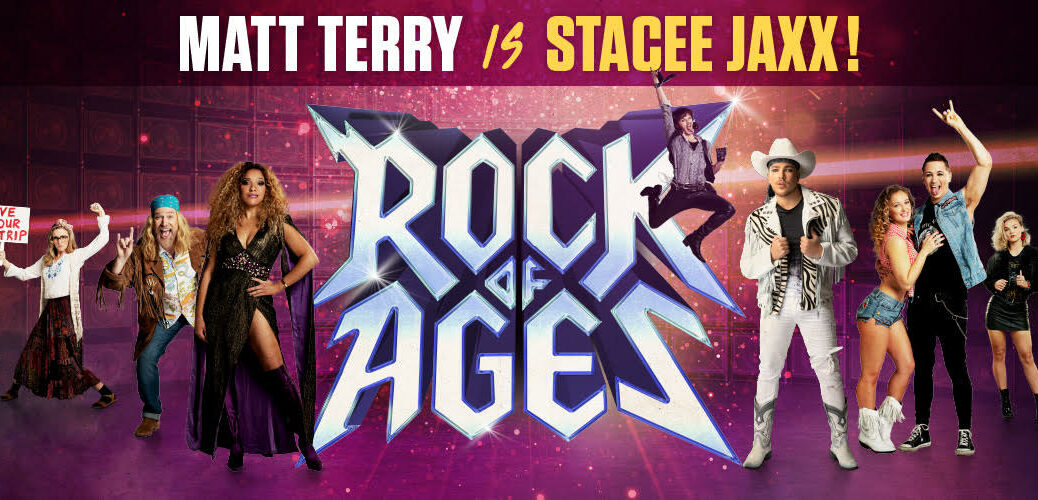


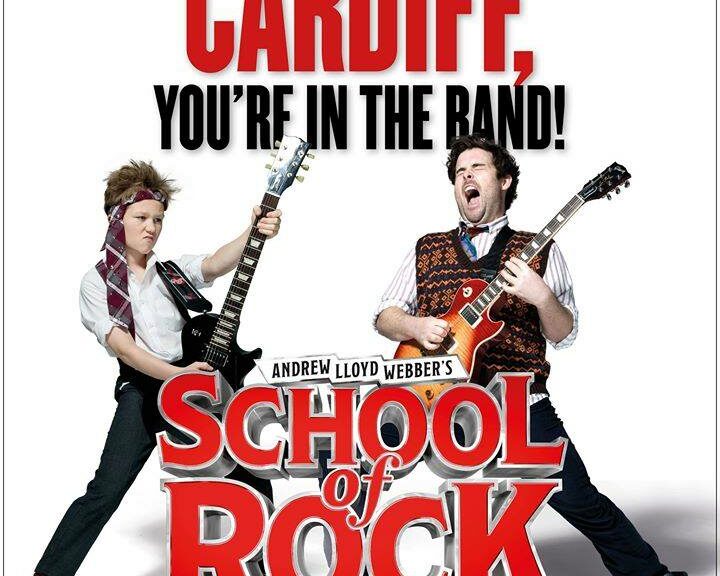

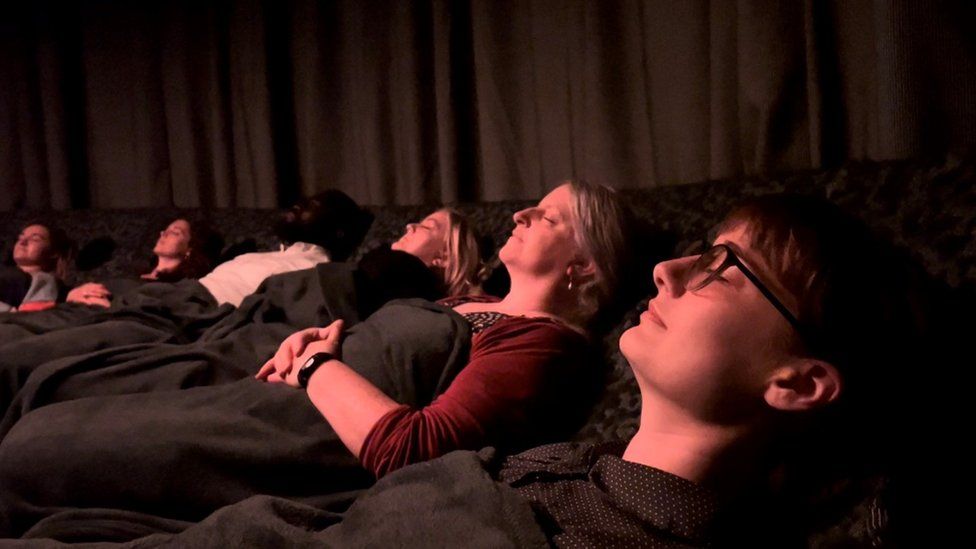

 (5 / 5)
(5 / 5)
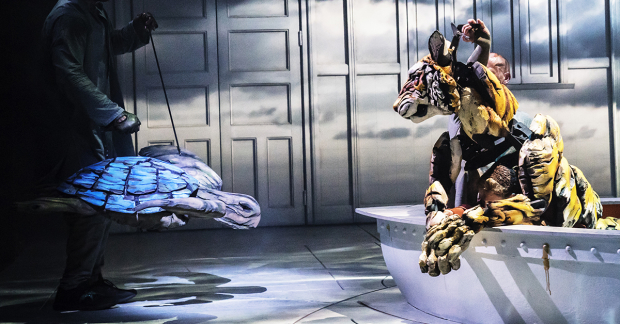
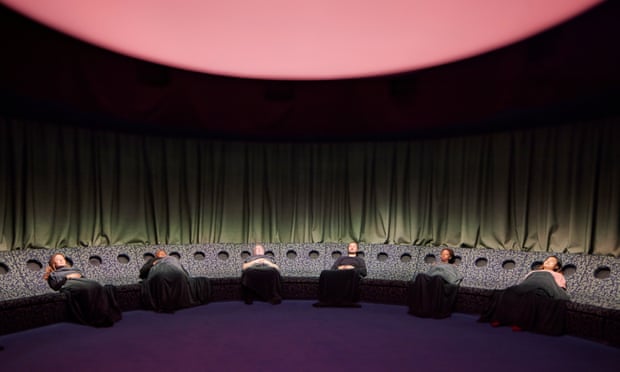
 (4 / 5)
(4 / 5)

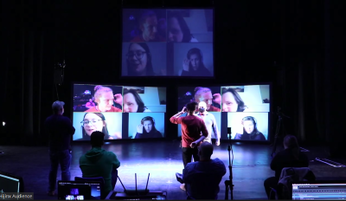
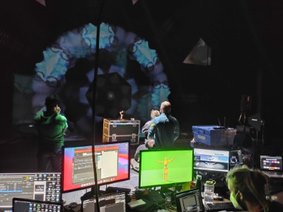


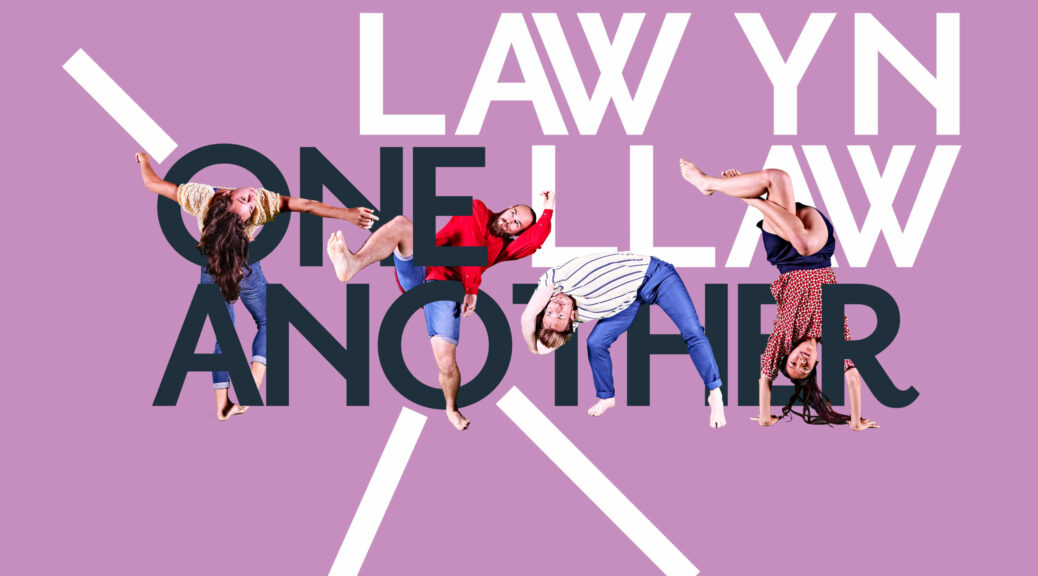

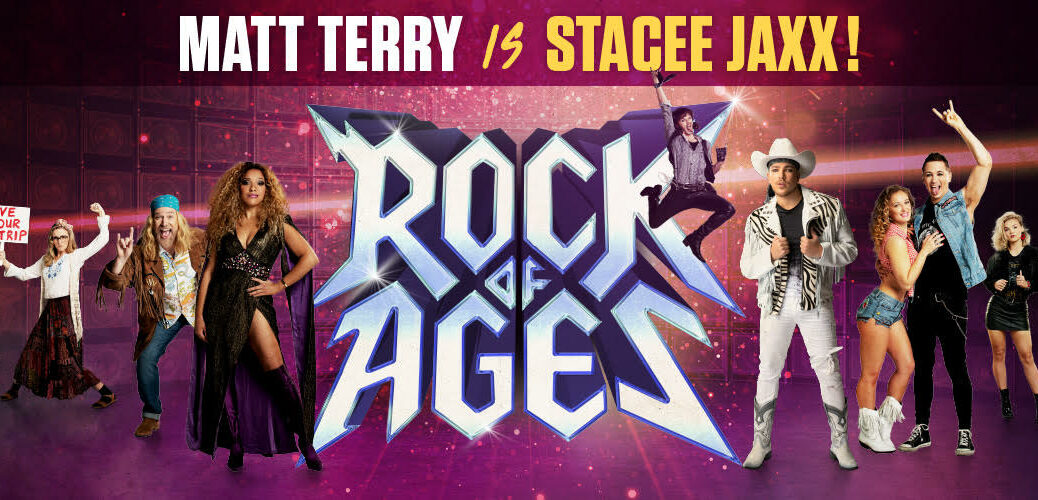
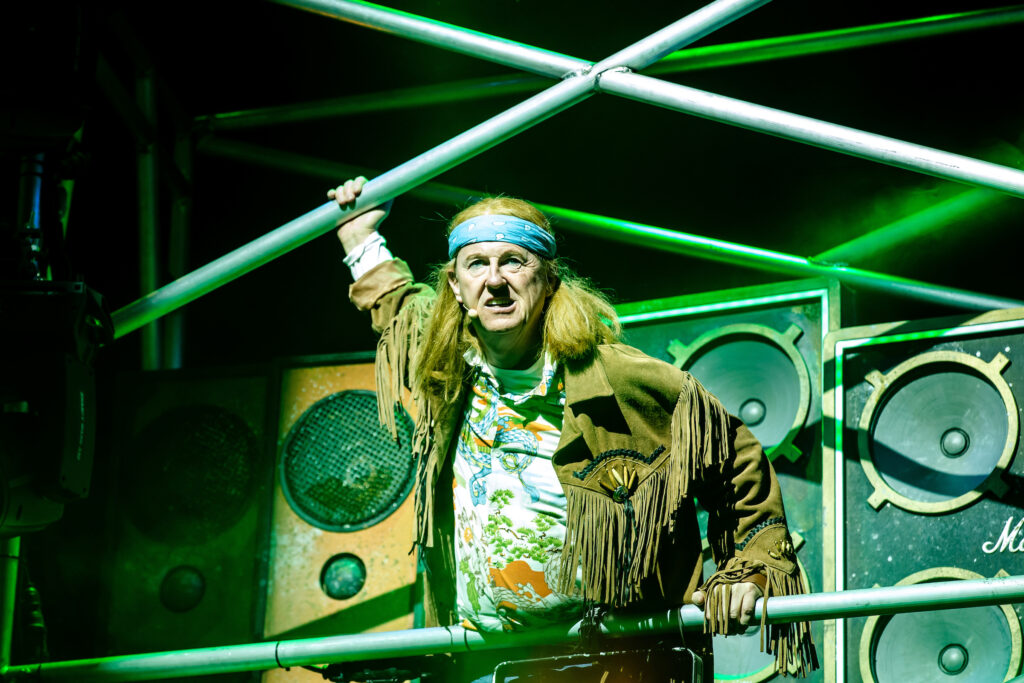

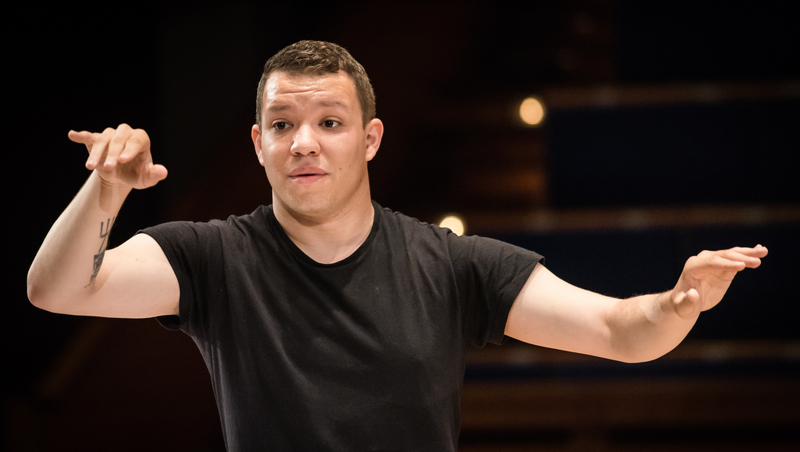
 (3 / 5)
(3 / 5)